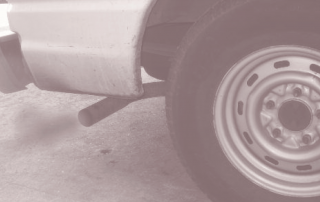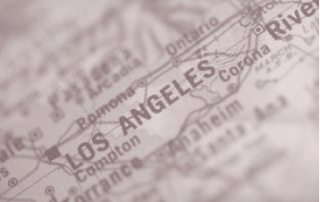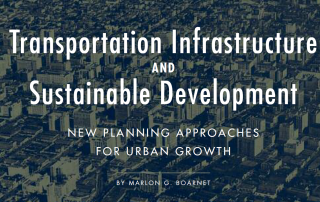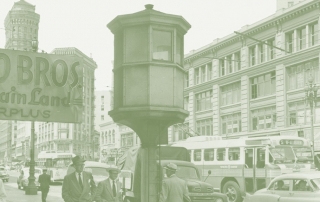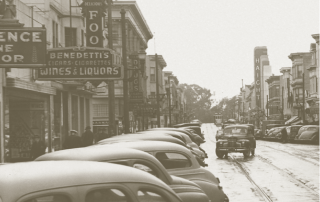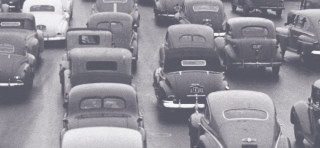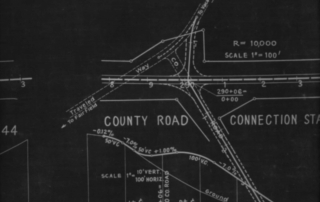Traffic Congestion and Greenhouse Gases
Matthew Barth and
Kanok Boriboonsomsin
Surface transportation in the United States is a large source of greenhouse gas emissions, and therefore a large contributor to global climate change. Roughly a third of America’s carbon dioxide (CO2) emissions come from moving people or goods, and 80 percent of these emissions are from cars and trucks. To reduce CO2 emissions from the transportation sector, policy makers are primarily pushing for more efficient vehicles, alternative fuels, and reducing vehicle miles traveled (VMT). Those who promote vehicle improvements have focused on building lighter and smaller vehicles (while maintaining safety), improving powertrain efficiency, and introducing alternative technologies such as hybrid and fuel cell vehicles. Alternative fuel possibilities include many low-carbon options such as biofuels and synthetic fuels.

